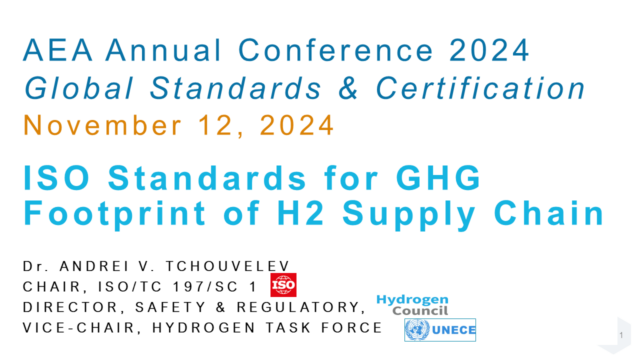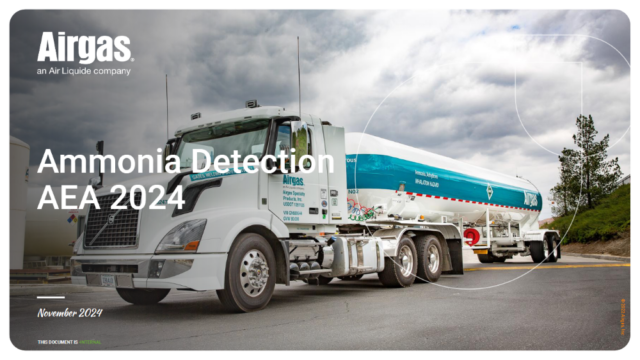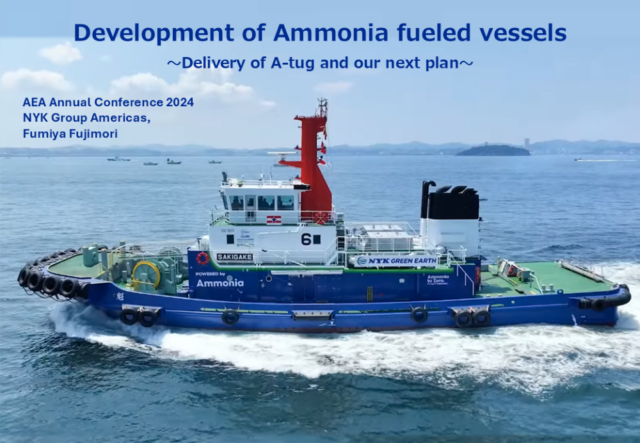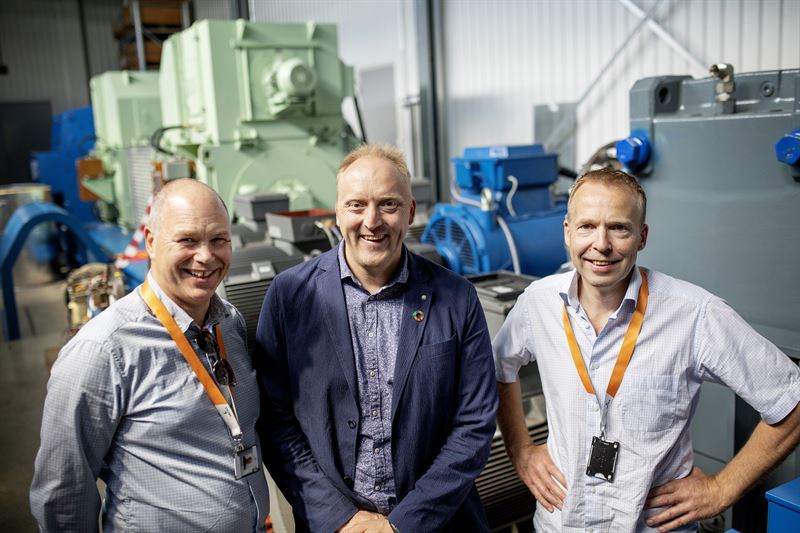Ammonia Energy Conference 2024: Ammonia for Maritime Propulsion is full speed ahead!
During the recent 2024 Ammonia Energy Conference, we explored all the latest developments in ammonia-powered maritime propulsion. Engine makers reported strong progress ahead of deployment in 2026, the same year that large-scale vessels will hit the water. The panel explored early operations for the ammonia-powered A-Tug in Japan, as well as ancillary technology systems required for maritime ammonia engines, catalyst after-treatment systems for emission mitigation, and the potential for fuel additives to boost ammonia engine performance.







